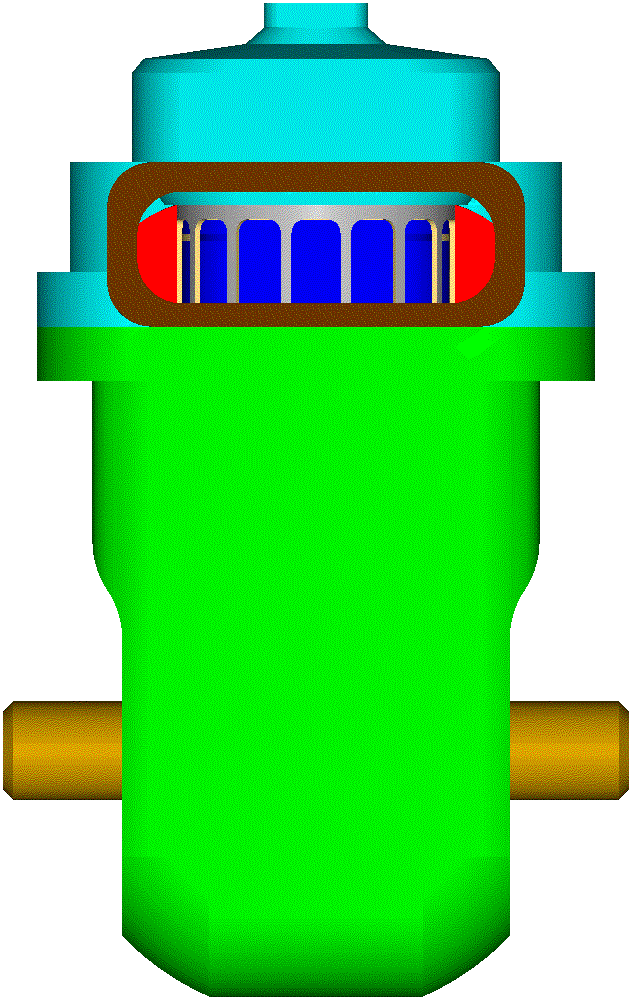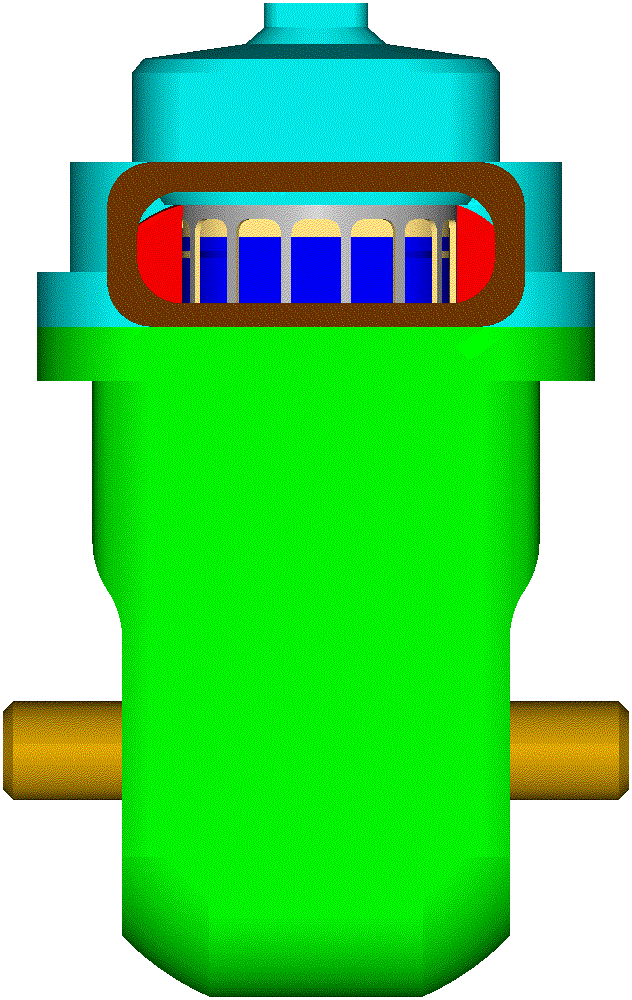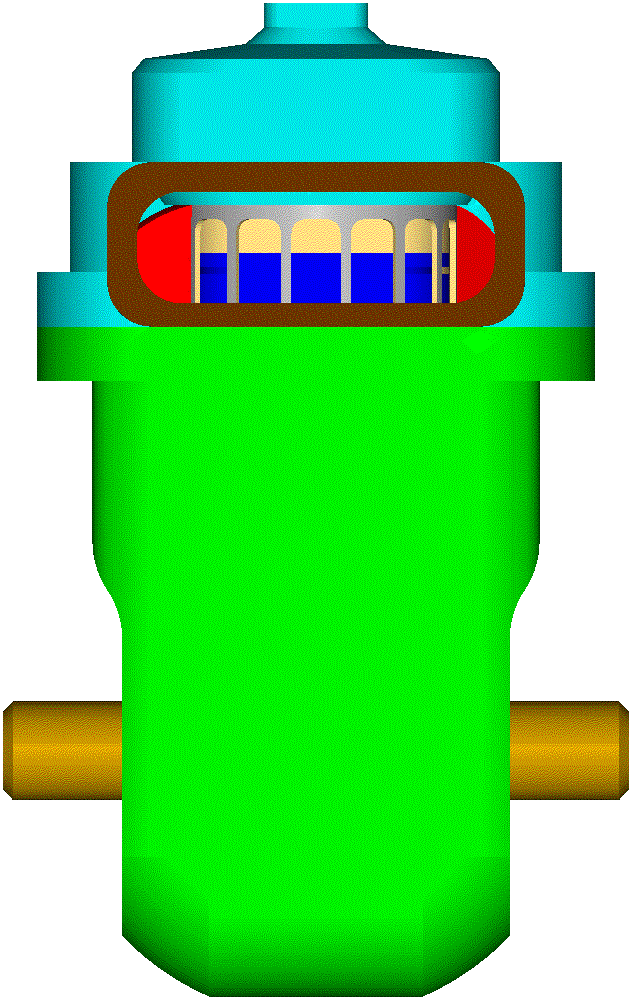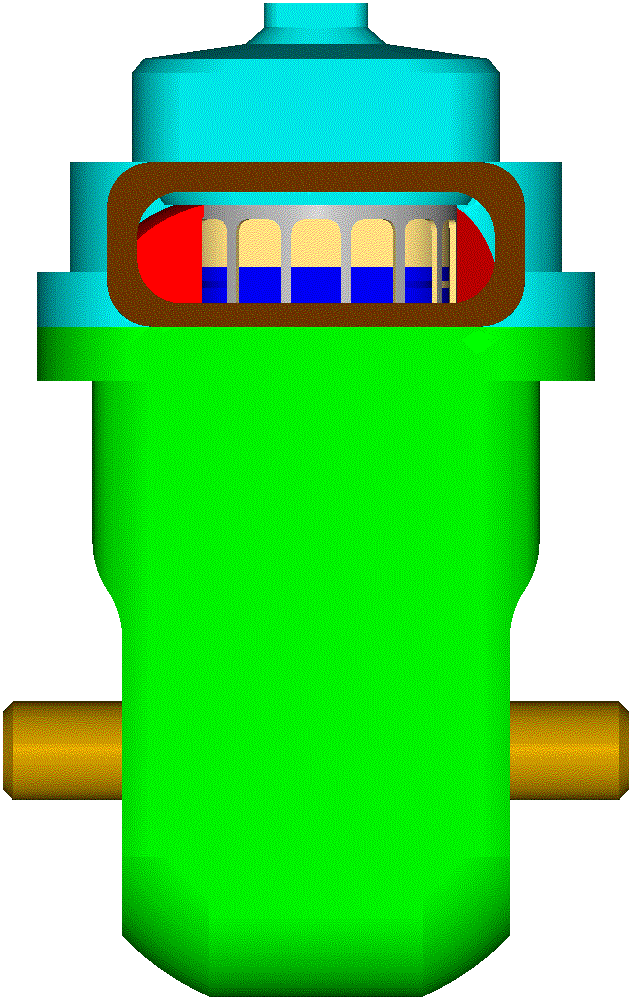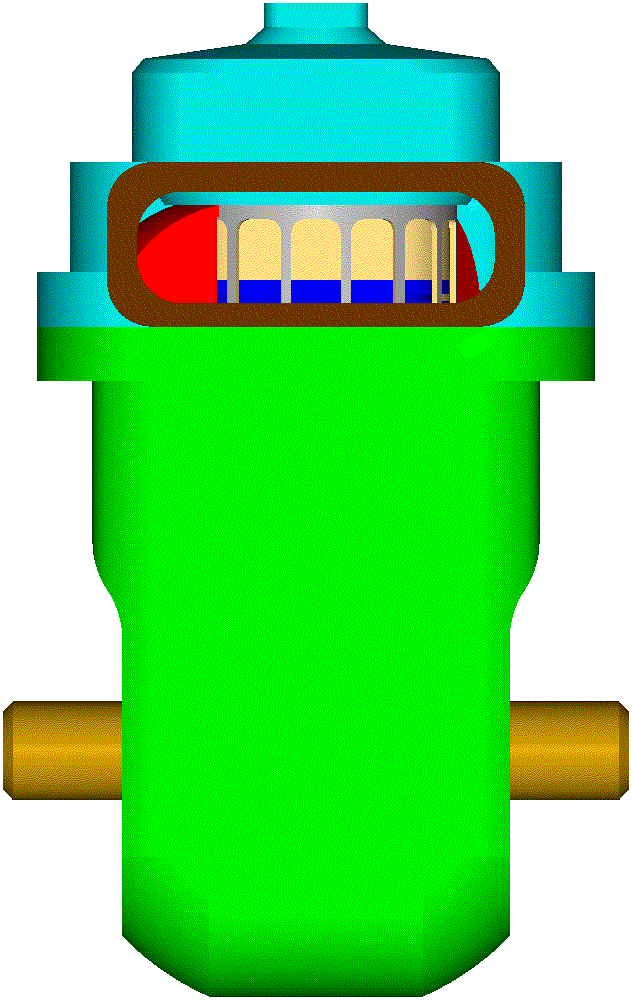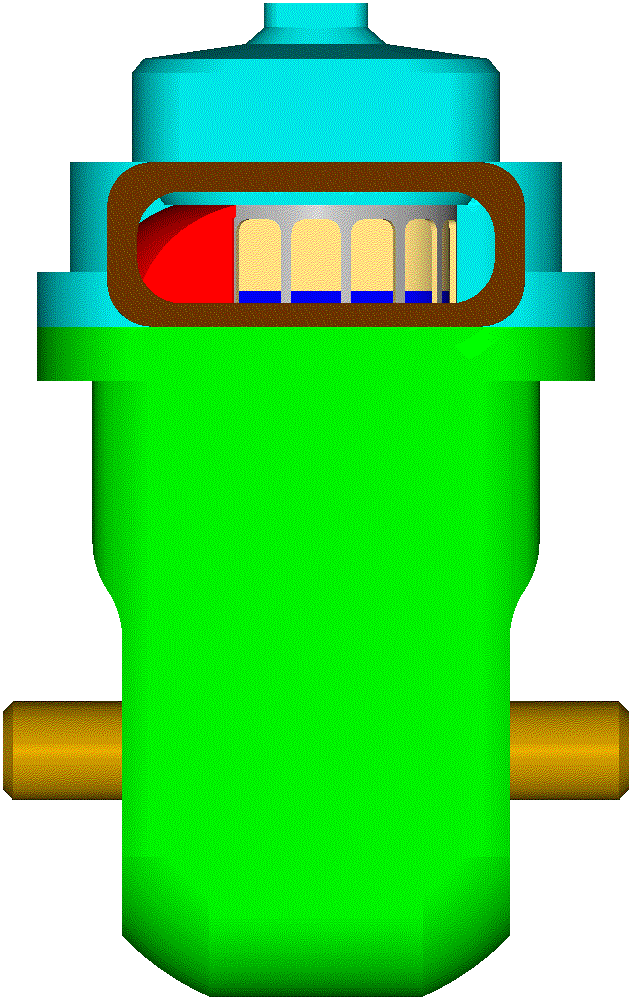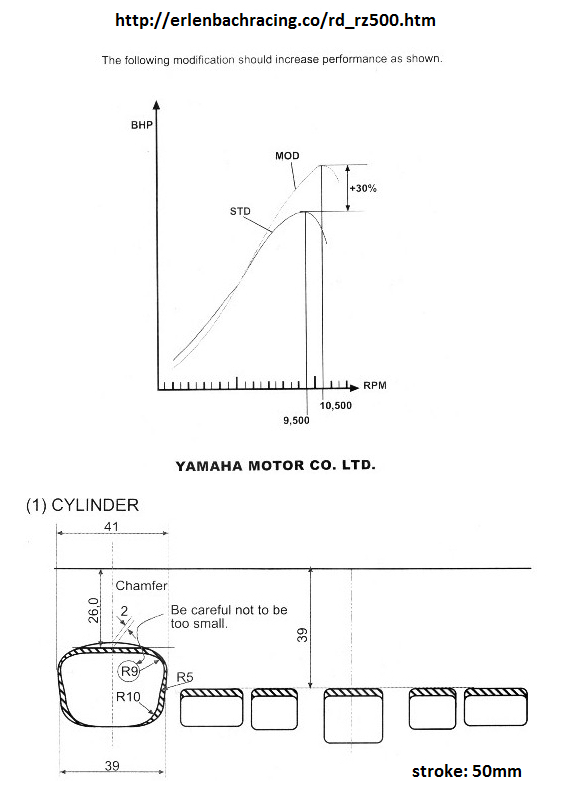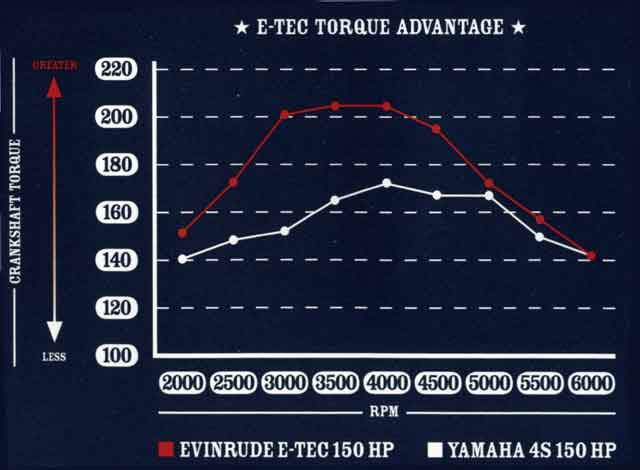I wrote:
“After the closing of the ports a 2-stroke gives a quite similar plot.”
You write:
“After closing - when compression can commence. 4T inlet valve closing very soon after BDC, your final port closure much, much later. The comparison to 4T is dubious at best.”
This is from Taylor’s book “The Internal Combustion Engine in Theory and Practice”:
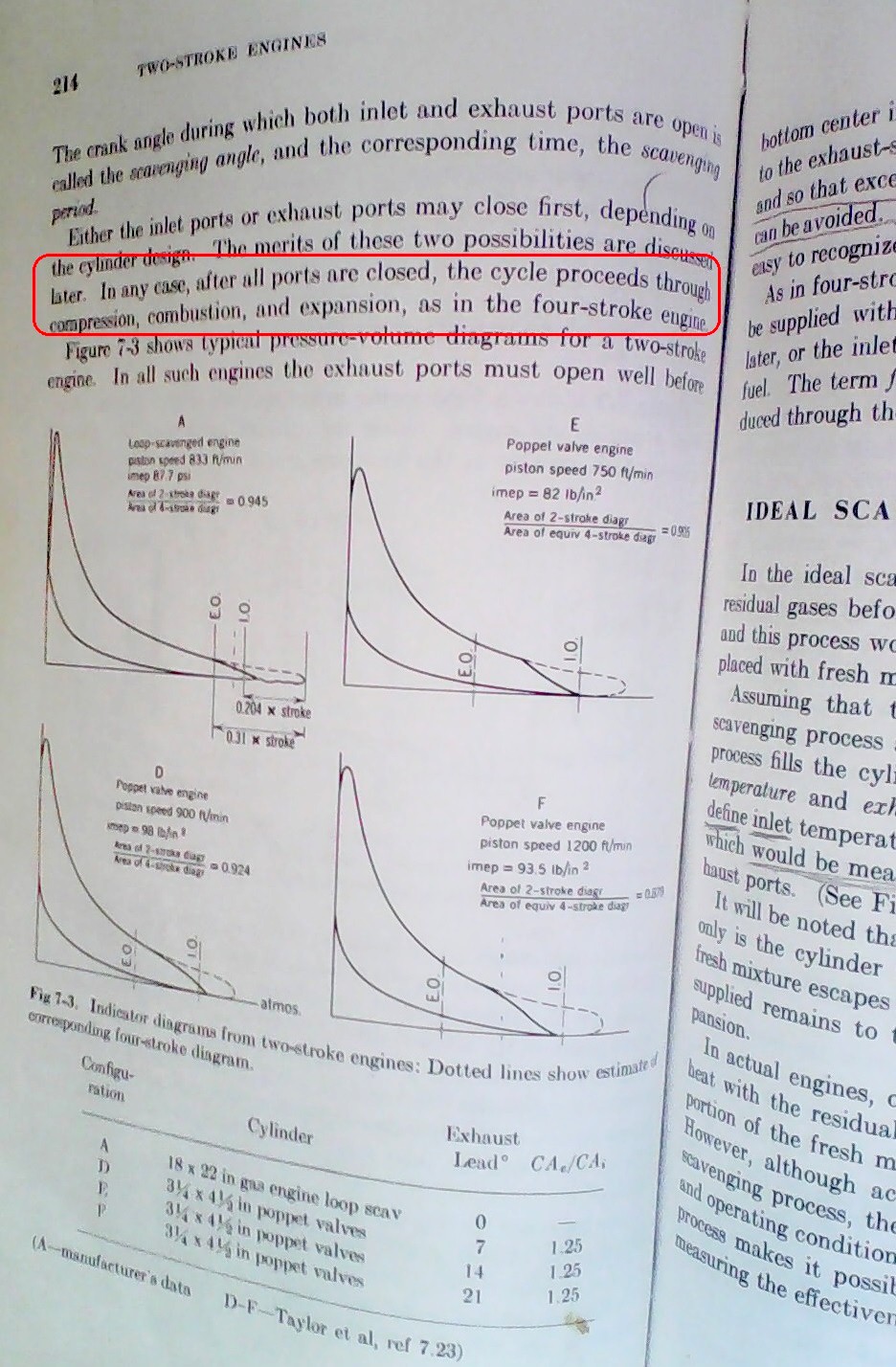
Taylor writes:
“after all port are closed, the cycle proceeds through compression, combustion, and expansion, as in the four-stroke engine.”
The argument of Taylor is so simple, straight and obvious that nobody can argue with it.
So,
keeping the exhaust port closed for another 10 crankshaft degrees (from 80 degrees after the TDC in the Yamaha, at 90 degrees after the TDC in the PatATE), you have the same gain in power, in torque etc in the four-stroke and in the two-stroke engines.
The analysis for the gains in the 4-stroke is simple (it is based mainly on the torque plot of Taylor).
By the way, by keeping the exhaust port closed for another 10 degrees at the middle-stroke, there is one more gain in the two-stroke: the pressure and the temperature of the gas at the beginning of the exhaust is lower (because of the extended expansion in the cylinder).
So, the 8% gain on power and on torque is conservative. A 10% seems more close to reality.
You also write:
“So port opening is piston governed and no faster than in any other engine?”
The port opening is not just faster,
It is way faster in the PatATE,
even when the PatATE uses less aggressive timing than the conventional 2-stroke engines.
How?
Just look the port-map of the Yamaha RD350LC:

The exhaust port extends for about 80 degrees along the periphery of the cylinder (this is so because the exhaust port has to leave the rest periphery of the cylinder for the (more than two times shorter) transfer ports).
In comparison, the exhaust port (actually the hybrid port during the beginning of the exhaust) of the PatATE extends along the periphery of the cylinder for more than160 degrees.
This explains why the rate of exhaust port opening is about double in the PatATE than in a racing 2-stroke like the Yamaha RD350LC of ‘86.
This is what “says” the slope of the exhaust curves (red for the PatATE and green for the Yamaha RD350LC):
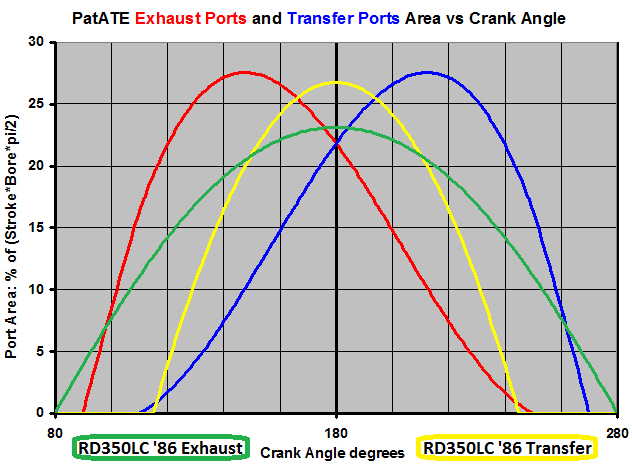
Thanks

